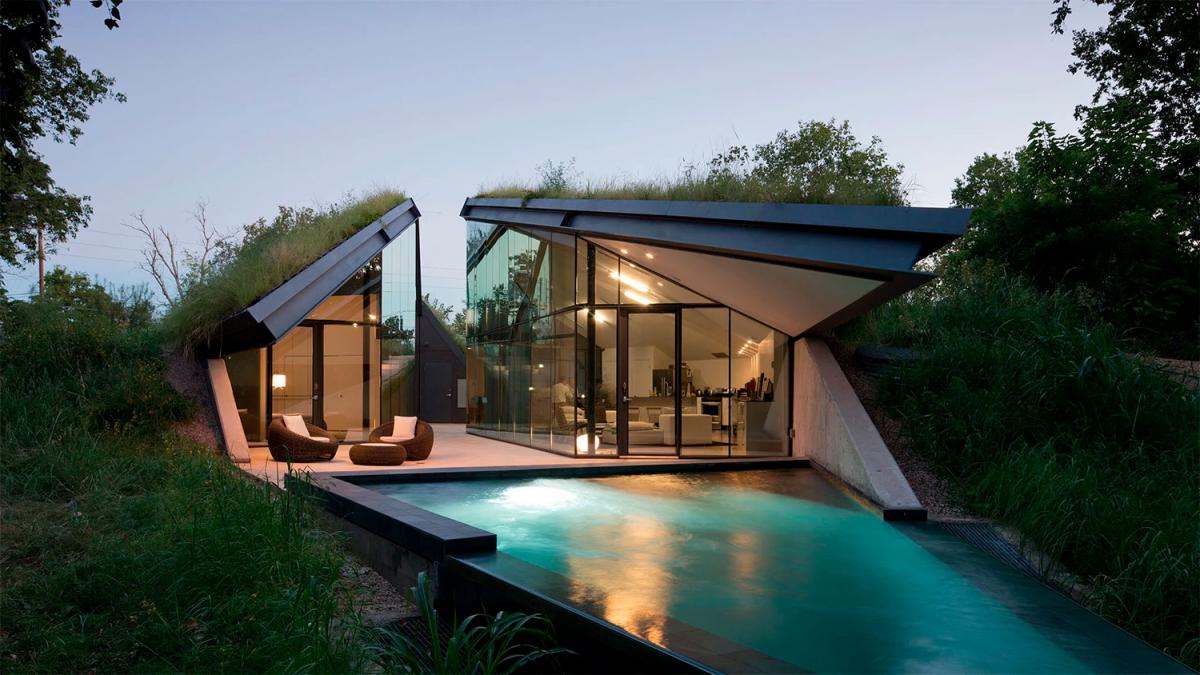Cob—an ancient, sustainable building material made from subsoil, water, and straw—is experiencing a remarkable renaissance across the UK, driven by the need for low-carbon, durable housing. Two counties, Devon in the South West and Norfolk in the East, stand out as key areas where this ‘earthen architecture’ is being actively revived and modernised.
What is Cob?
Cob is essentially an unfired earth material mixed together and built up in layers (or ‘lifts’) to form monolithic walls. Unlike adobe, which uses pre-formed bricks, cob walls are sculpted directly in place.
- Materials: Subsoil (typically containing clay, sand, and aggregate), straw (as tensile reinforcement), and water.
- Sustainability: It is an incredibly low-impact material, often sourced directly from the building site itself, drastically cutting down on transport and embodied energy.
- Thermal Properties: Cob walls offer excellent thermal mass, meaning they absorb heat during the day and release it slowly at night, helping to regulate internal temperatures naturally.

Devon: The Traditional Stronghold
Devon and the surrounding South West have historically been the heartland of cob construction in England. The region boasts the highest density of cob buildings in the UK, many dating back hundreds of years.
A Legacy of Durability
Many historic cob buildings in Devon, particularly farmhouses and cottages, are still in use today. Their longevity is a testament to the adage: “Keep a cob house’s feet dry and its head well covered.”
- Thick Walls: Devon cob walls are typically thick (often 600mm to 900mm), providing structural strength and superb temperature stability.
- The Climate Challenge: The traditional, often damp, climate of the South West is well-suited to cob, provided the walls are protected by large eaves, good foundations, and breathable lime render.
The Modern Movement
Today, Devon is home to several leading practitioners and training centres dedicated to natural building. Contemporary cob projects are proving that the material is not just for preservation but for innovative, modern design.
Case Study Focus: A notable Devon-based project successfully completed the first approved, two-storey load-bearing cob building in the UK in decades, demonstrating that modern engineering standards can be met using ancient materials. This push has helped to secure necessary building control acceptance for future projects.
Norfolk: The Unexpected Eastern Pioneer
While cob is often associated with the West Country, Norfolk, with its distinctive vernacular architecture, is emerging as an exciting region for its modern application.
The Norfolk Context: Clay and Clunch
Historically, Norfolk utilized readily available local materials, often combining brick, flint, and a softer chalk material known as clunch. However, the clay-rich soils of the county also provide an excellent basis for modern cob construction.
Adapting to the Landscape
The modern cob revival in Norfolk is driven largely by two factors:
- Embodied Carbon: Developers and self-builders in the area are seeking alternatives to standard masonry to meet stringent environmental goals.
- Aesthetics and Health: The breathable, hand-sculpted nature of cob appeals to those seeking unique, healthy, and chemically-free living spaces that harmonise with the landscape.
The Challenges of Innovation
Since historic cob is less prevalent in Norfolk compared to Devon, modern builders face the challenge of educating local planning and building control officers. However, by adhering to rigorous testing and standards established by organisations like the Earth Building Association (EBUK), Norfolk builders are successfully introducing these techniques to a new market. They often incorporate modern building physics, using sophisticated humidity and thermal modelling alongside the traditional earth material.
The Future of Earthen Housing
The revival of cob in both Devon and Norfolk illustrates a growing shift away from high-impact materials. Developers and homeowners are attracted not only by the low cost and sustainability but also by the unique quality of life offered by these homes:
- Low Maintenance: Proper cob walls are incredibly low-maintenance.
- Quiet Living: The thick, dense walls provide exceptional soundproofing.
- Breathability: Lime-rendered cob naturally manages moisture, creating a healthier internal environment free from condensation and mould problems often associated with modern, sealed buildings.
In the pursuit of net-zero construction, cob is no longer viewed as a relic of the past, but as a sophisticated, high-performance material ready for the future.



